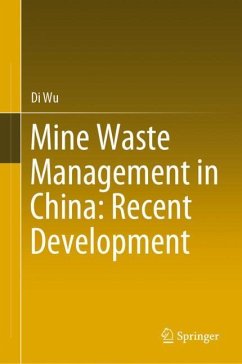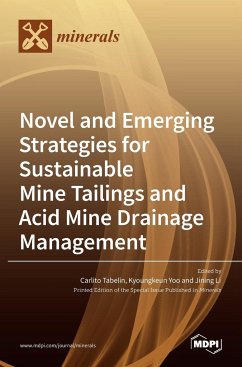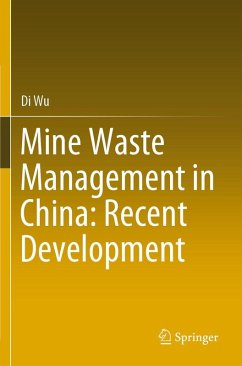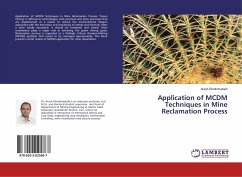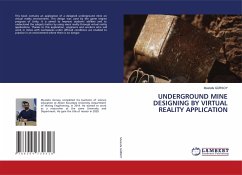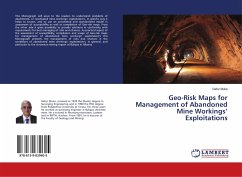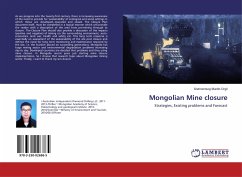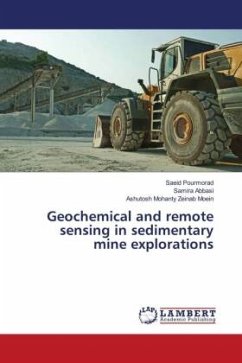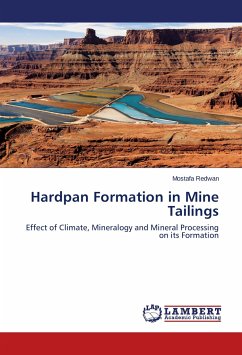
Hardpan Formation in Mine Tailings
Effect of Climate, Mineralogy and Mineral Processing on its Formation
Versandkostenfrei!
Versandfertig in 6-10 Tagen
52,99 €
inkl. MwSt.

PAYBACK Punkte
26 °P sammeln!
In this study, mine tailings located in different climatic regions were studied for their mineralogical, geochemical, physical properties and the tailings discharge techniques used to understand the process affecting hardpan formation. This was combined with column experiments for monitoring the transport/precipitation processes. Thickened tailings discharge in Egypt did not allow grain-size/mineral segregation and therefore the critical amount of reactive mineral phases cannot be achieved. This, with high carbonate contents and high-temperature/low-water availability did not allow significant...
In this study, mine tailings located in different climatic regions were studied for their mineralogical, geochemical, physical properties and the tailings discharge techniques used to understand the process affecting hardpan formation. This was combined with column experiments for monitoring the transport/precipitation processes. Thickened tailings discharge in Egypt did not allow grain-size/mineral segregation and therefore the critical amount of reactive mineral phases cannot be achieved. This, with high carbonate contents and high-temperature/low-water availability did not allow significant oxidation of sulfides and decrease hardpans possibility. Spigot tailings disposal in Germany with enrichment of reactive phases in certain lamina, combined with periods of raining and drying events enhances the process of hardpan formation. Hardpan development is highly enhanced in areas with high temperature, water content, high reactive minerals, repetition of drying/wetting cycles and long reaction time. This work shed some lights on the process of hardpan formation to minimize the environmental problems developed in inactive mine sites, especially those with high sulfide contents.



